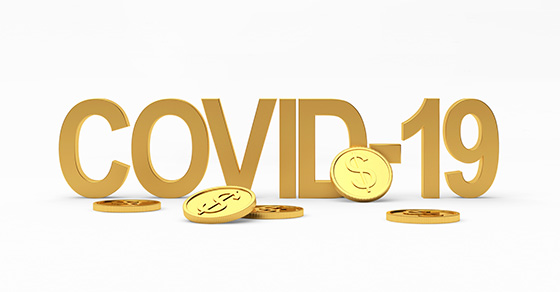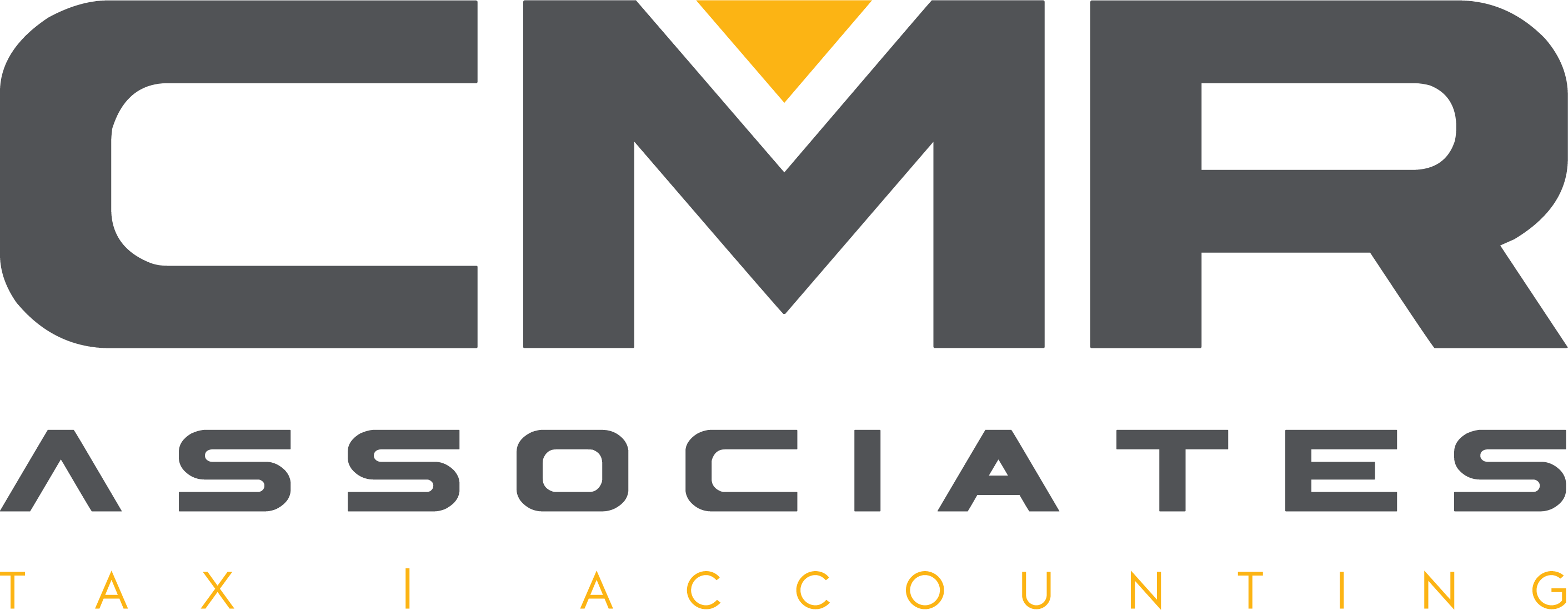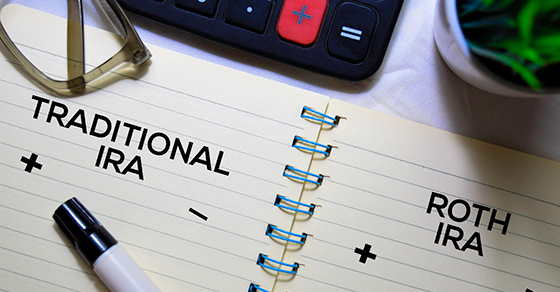
Cash payments and tax relief for individuals in new law
A new law signed by President Trump on March 27 provides a variety of tax and financial relief measures to help Americans during the coronavirus (COVID-19) pandemic. This article explains some of the tax relief for individuals in the Coronavirus Aid, Relief, and Economic Security (CARES) Act.
Individual cash payments
Under the new law, an eligible individual will receive a cash payment equal to the sum of: $1,200 ($2,400 for eligible married couples filing jointly) plus $500 for each qualifying child. Eligibility is based on adjusted gross income (AGI).
Individuals who have no income, as well as those whose income comes entirely from Social Security benefits, are also eligible for the payment.
The AGI thresholds will be based on 2019 tax returns, or 2018 returns if you haven’t yet filed your 2019 returns. For those who don’t qualify on their most recently filed tax returns, there may be another option to receive some money. An individual who isn’t an eligible individual for 2019 may be eligible for 2020. The IRS won’t send cash payments to him or her. Instead, the individual will be able to claim the credit when filing a 2020 return.
The income thresholds
The amount of the payment is reduced by 5% of AGI in excess of:
- $150,000 for a joint return,
- $112,500 for a head of household, and
- $75,000 for all other taxpayers.
But there is a ceiling that leaves some taxpayers ineligible for a payment. Under the rules, the payment is completely phased-out for a single filer with AGI exceeding $99,000 and for joint filers with no children with AGI exceeding $198,000. For a head of household with one child, the payment is completely phased out when AGI exceeds $146,500.
Most eligible individuals won’t have to take any action to receive a cash payment from the IRS. The payment may be made into a bank account if a taxpayer filed electronically and provided bank account information. Otherwise, the IRS will mail the payment to the last known address.
Other tax provisions
There are several other tax-related provisions in the CARES Act. For example, a distribution from a qualified retirement plan won’t be subject to the 10% additional tax if you’re under age 59 ½ — as long as the distribution is related to COVID-19. And the new law allows charitable deductions, beginning in 2020, for up $300 even if a taxpayer doesn’t itemize deductions.
Stay tuned
These are only a few of the tax breaks in the CARES Act. We’ll cover additional topics in coming weeks. In the meantime, please contact us if you have any questions about your situation.




